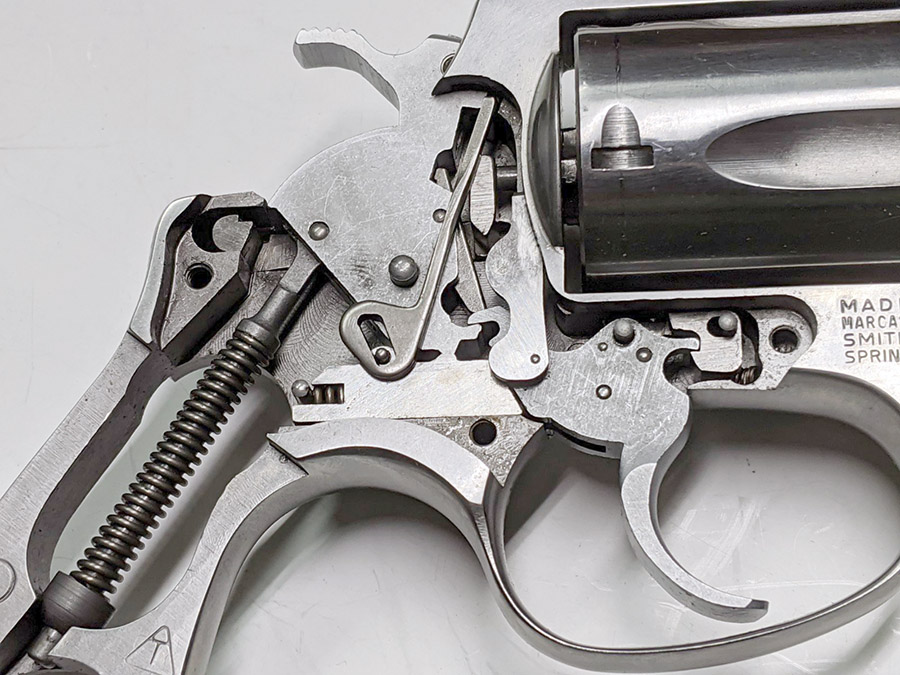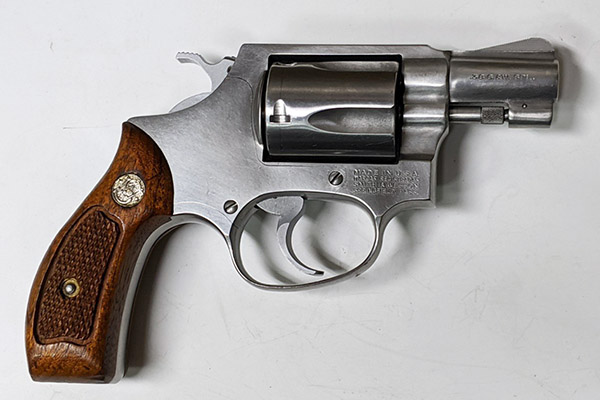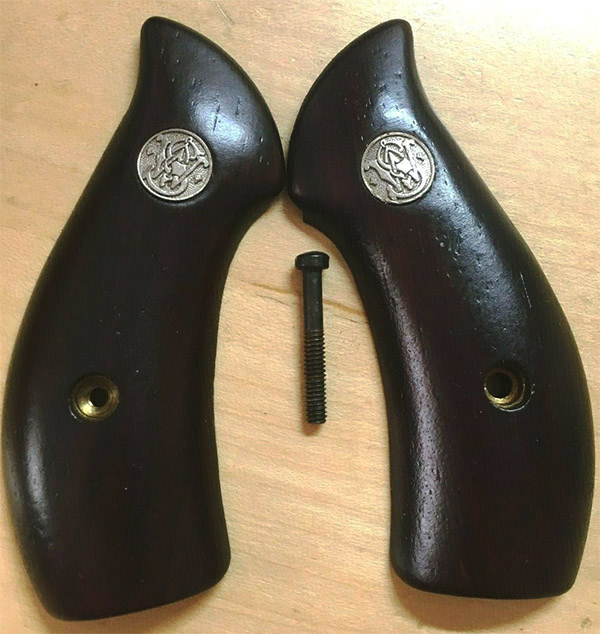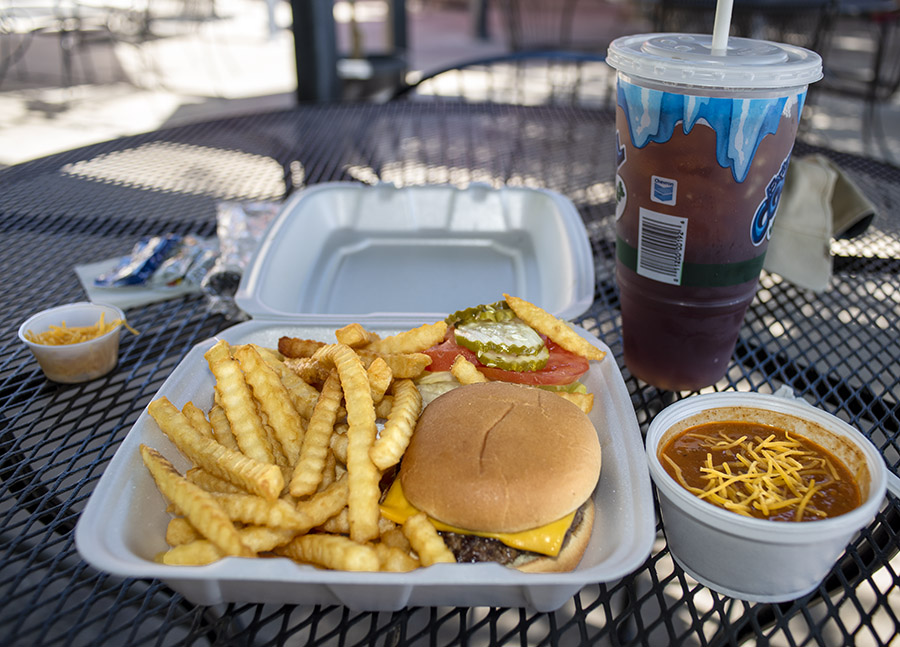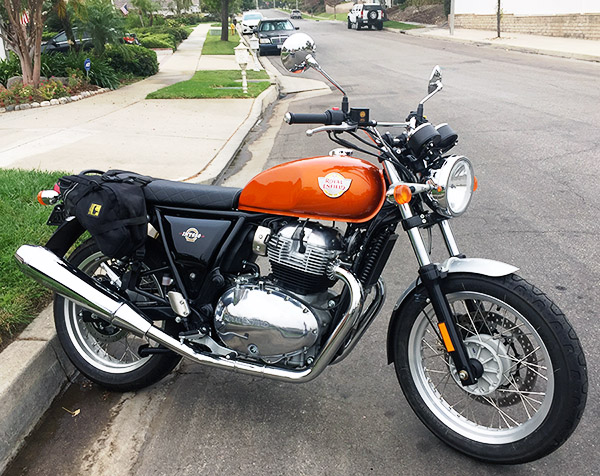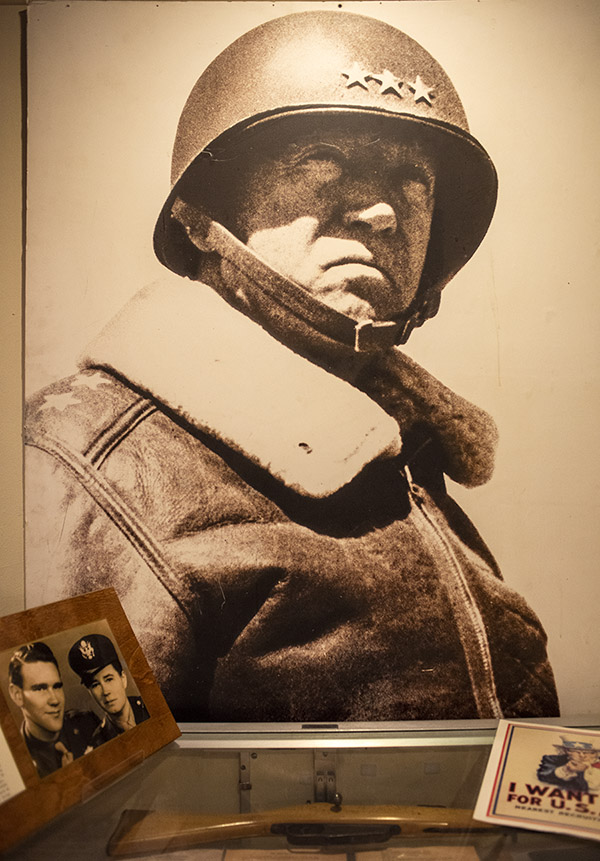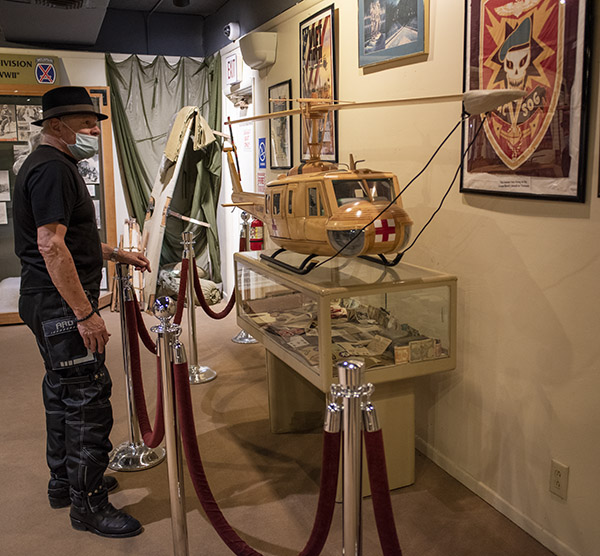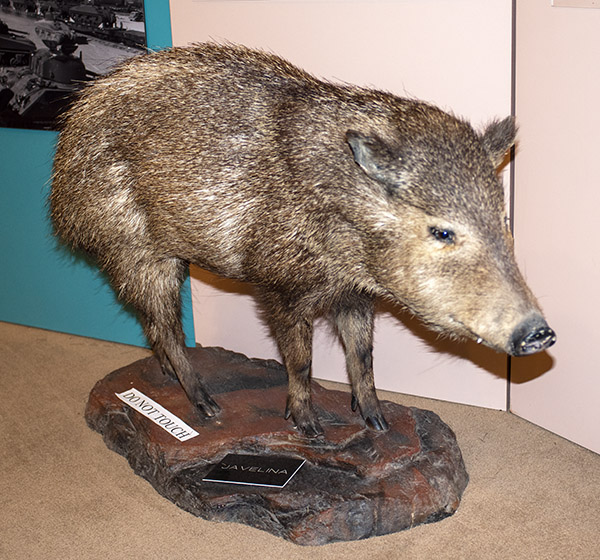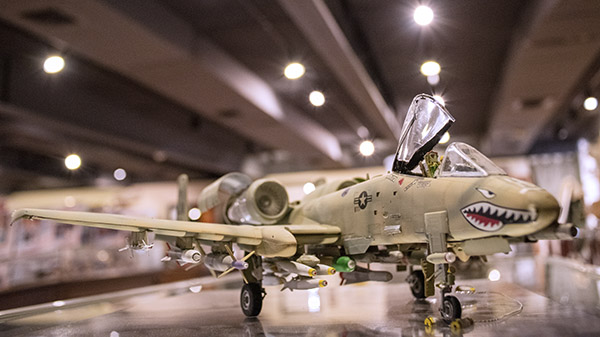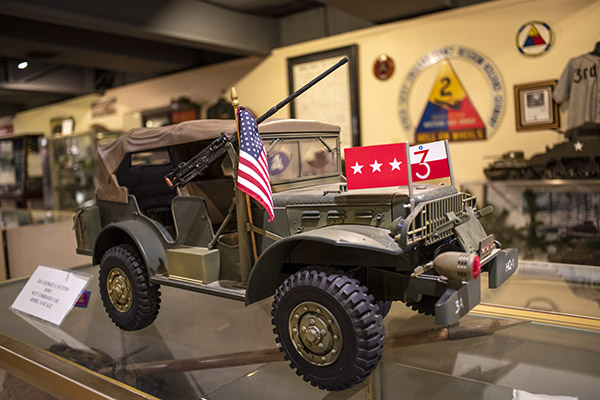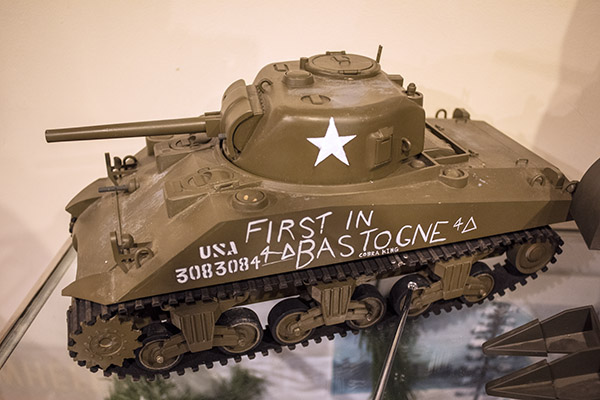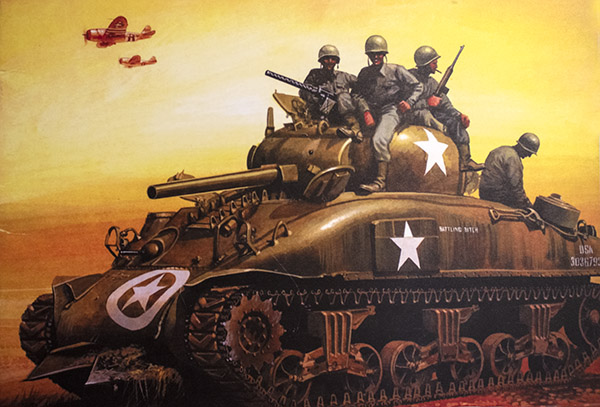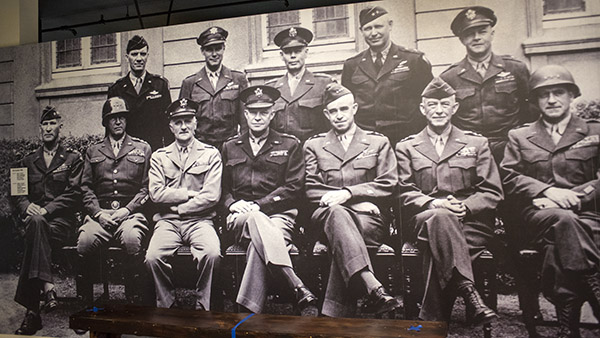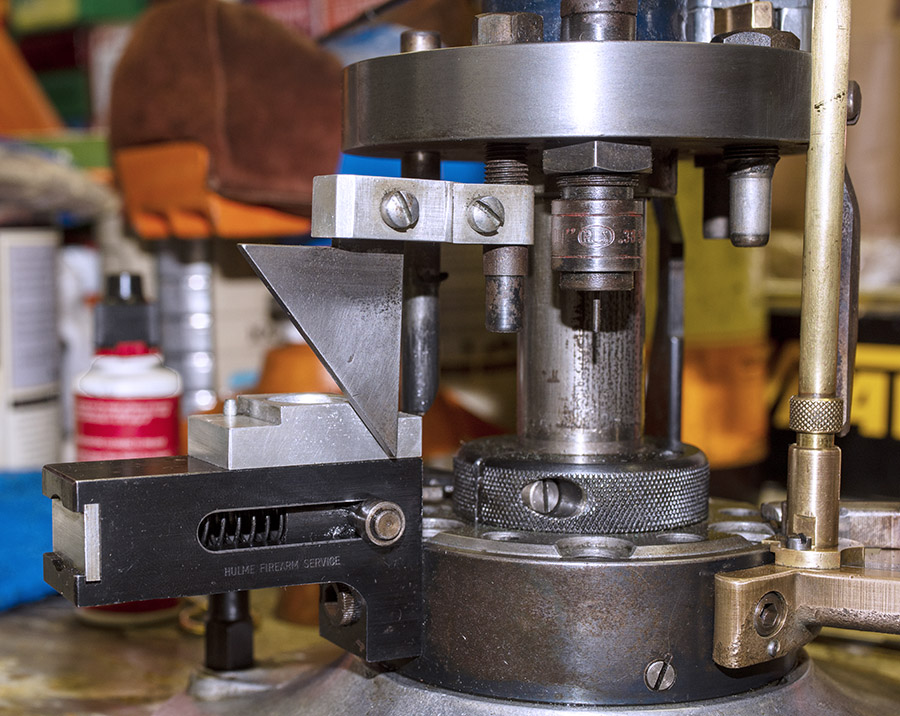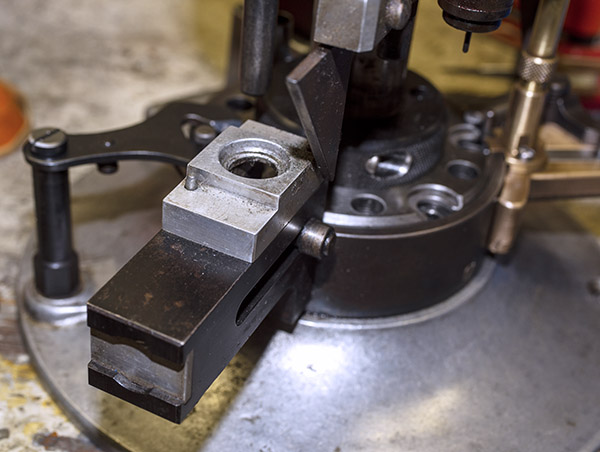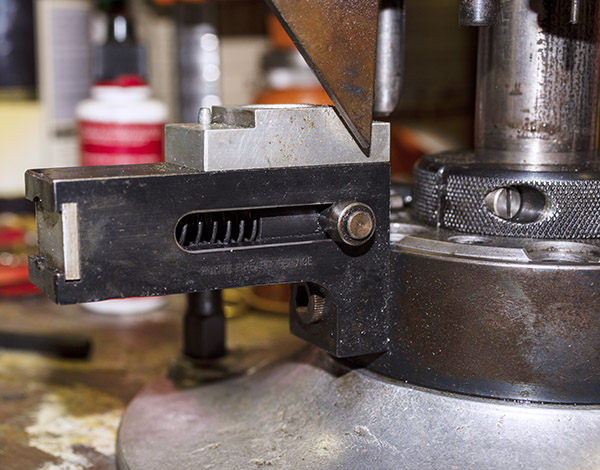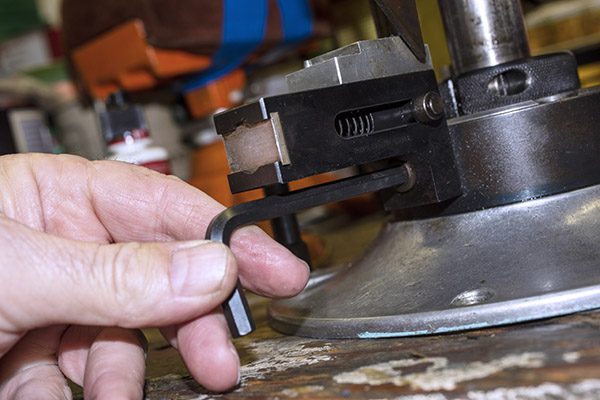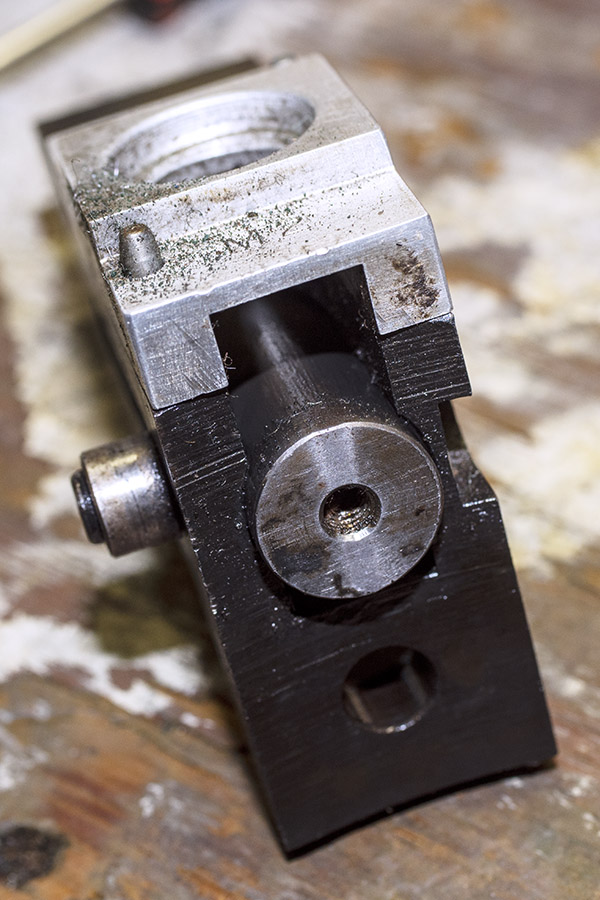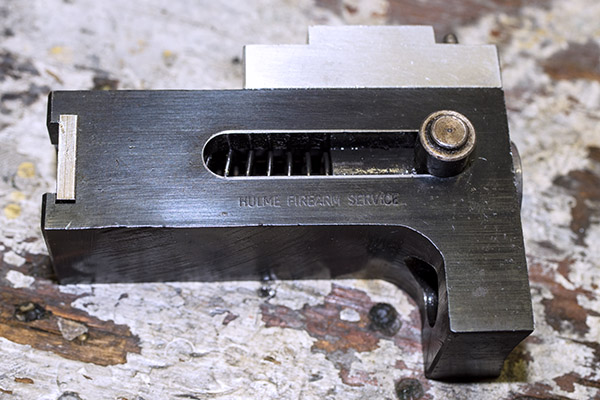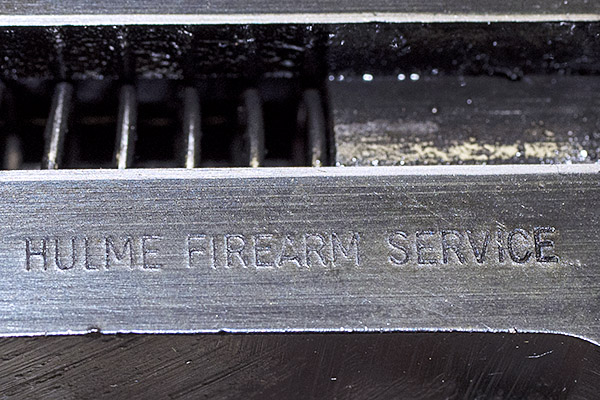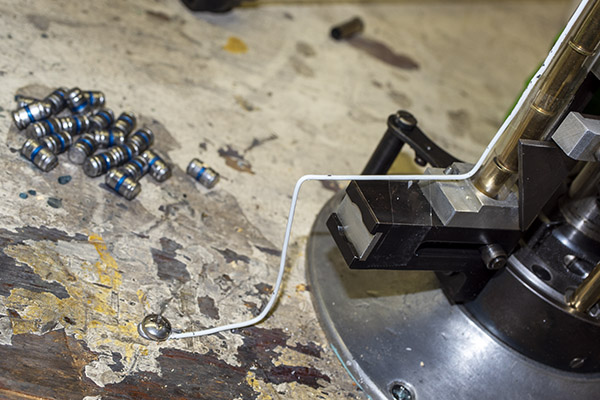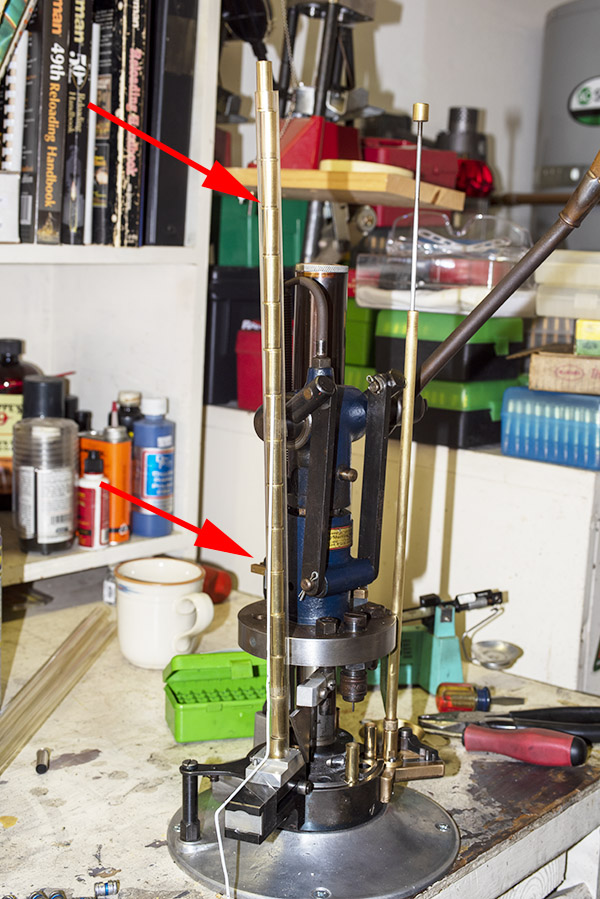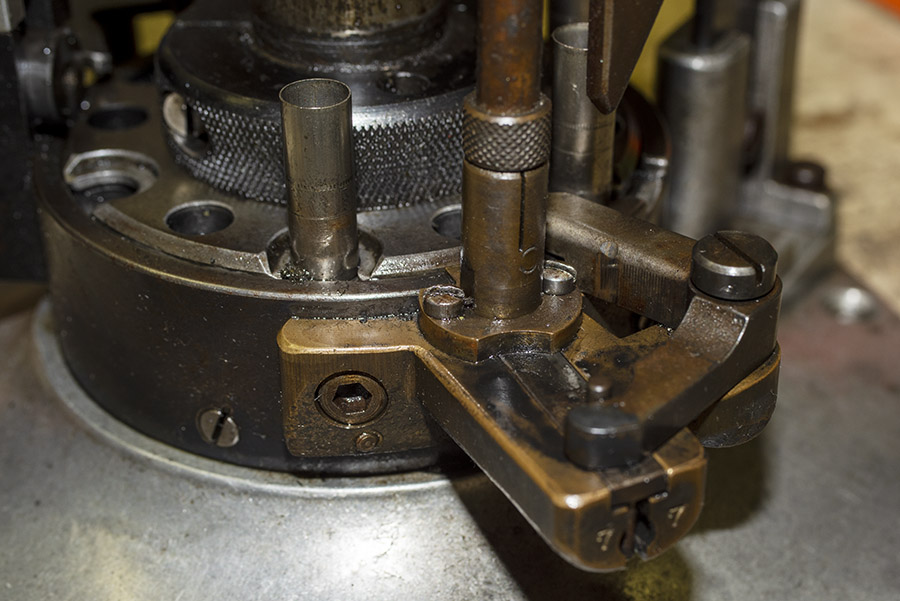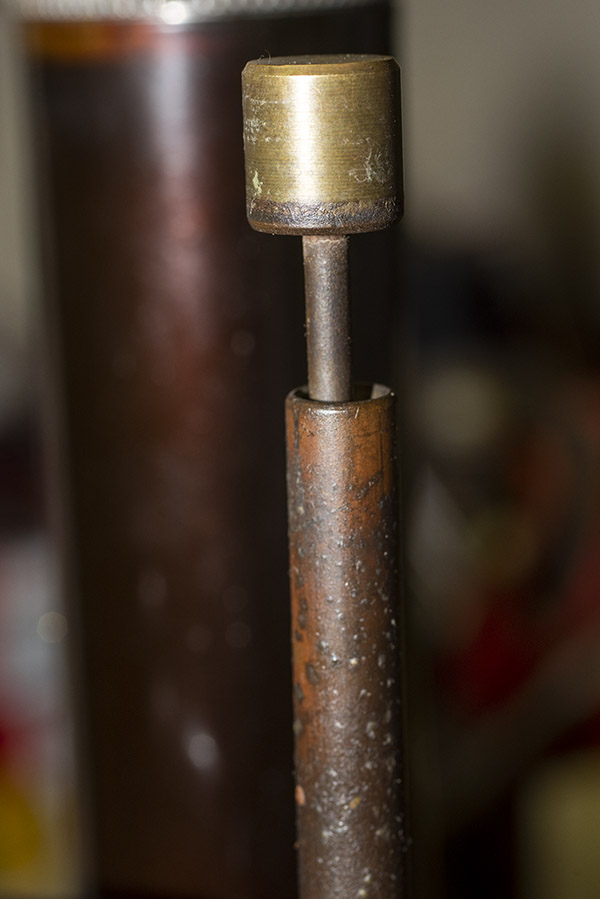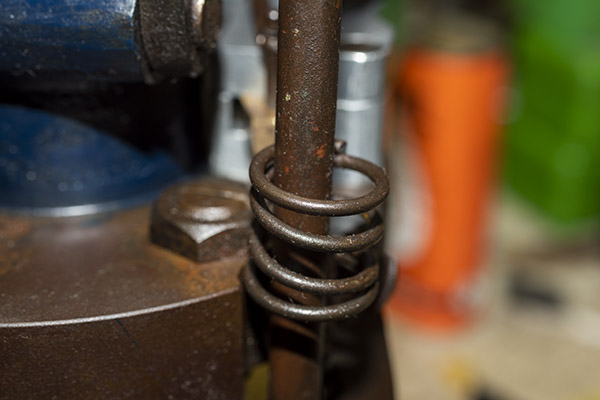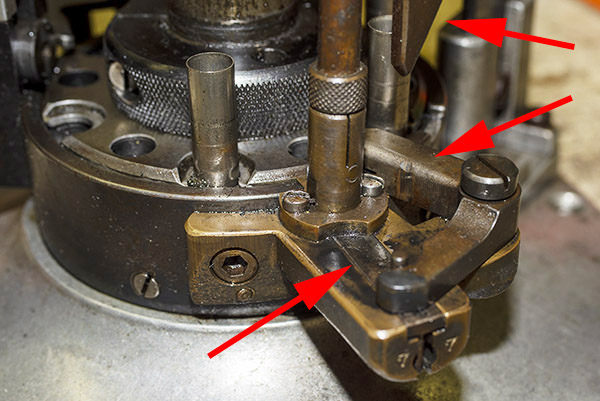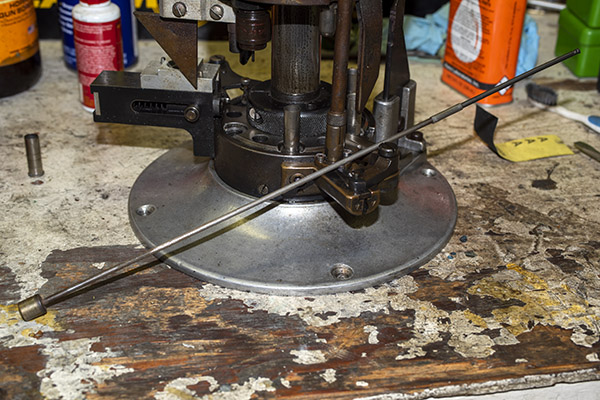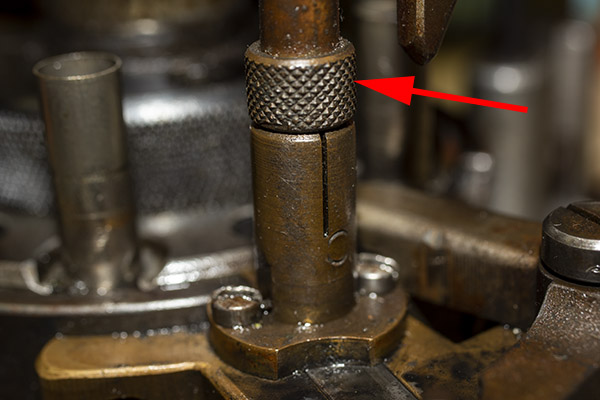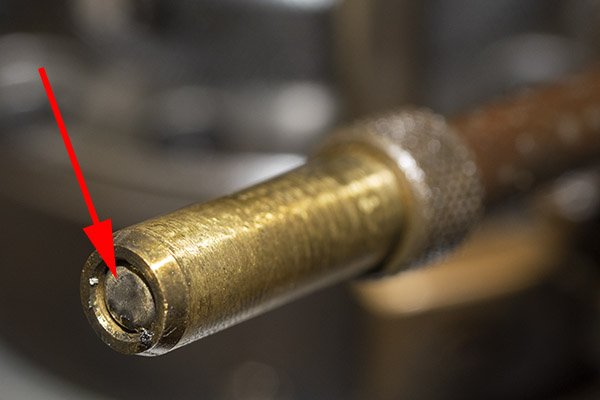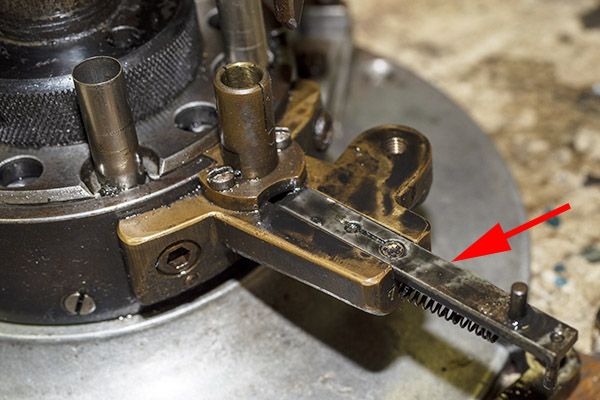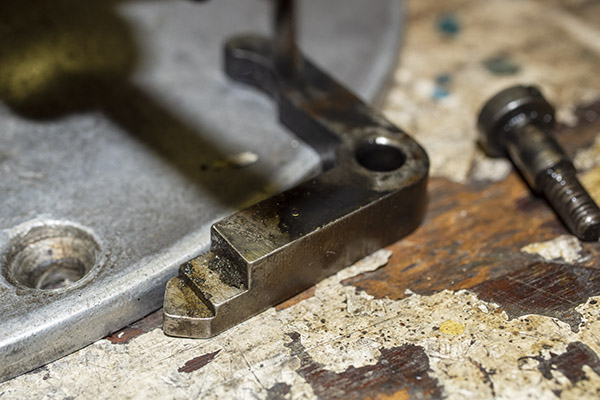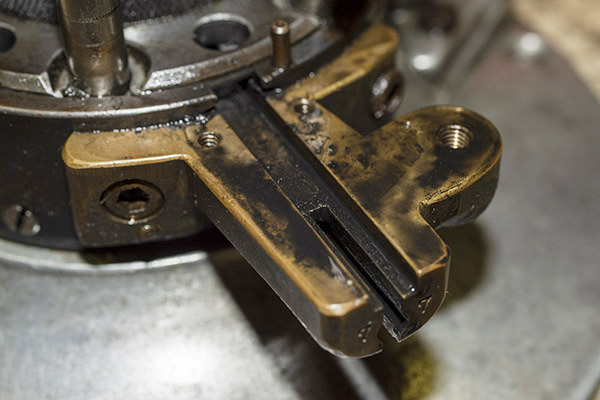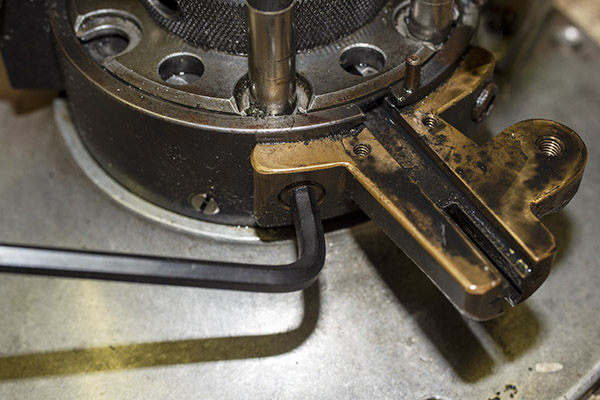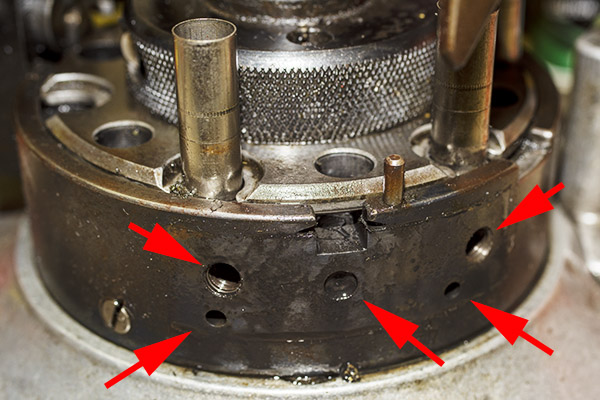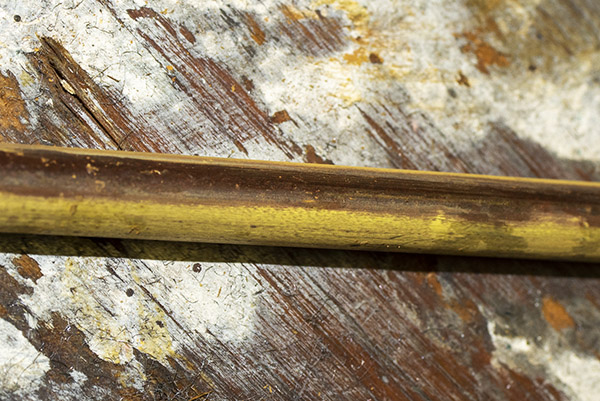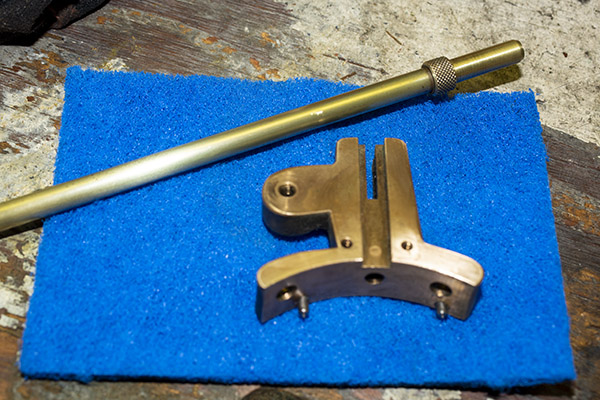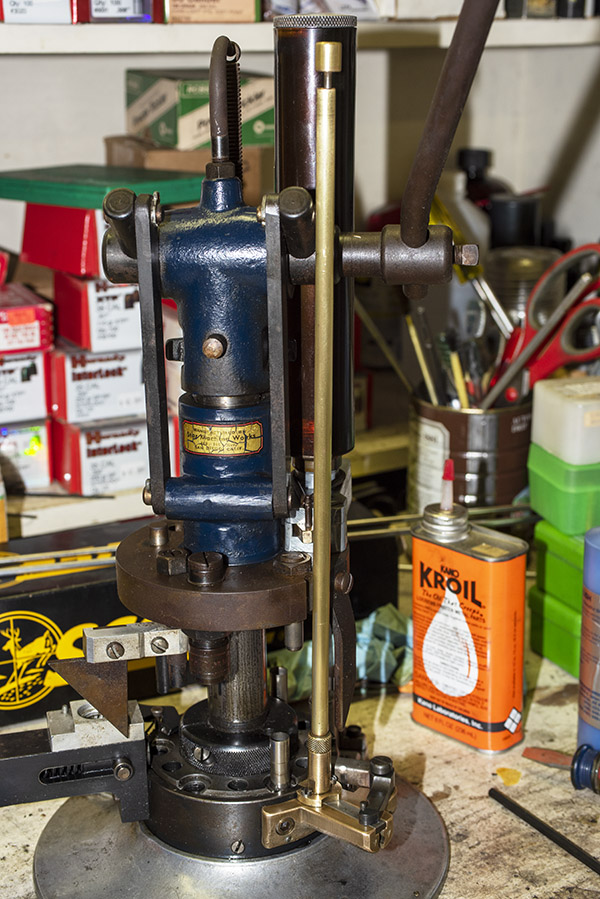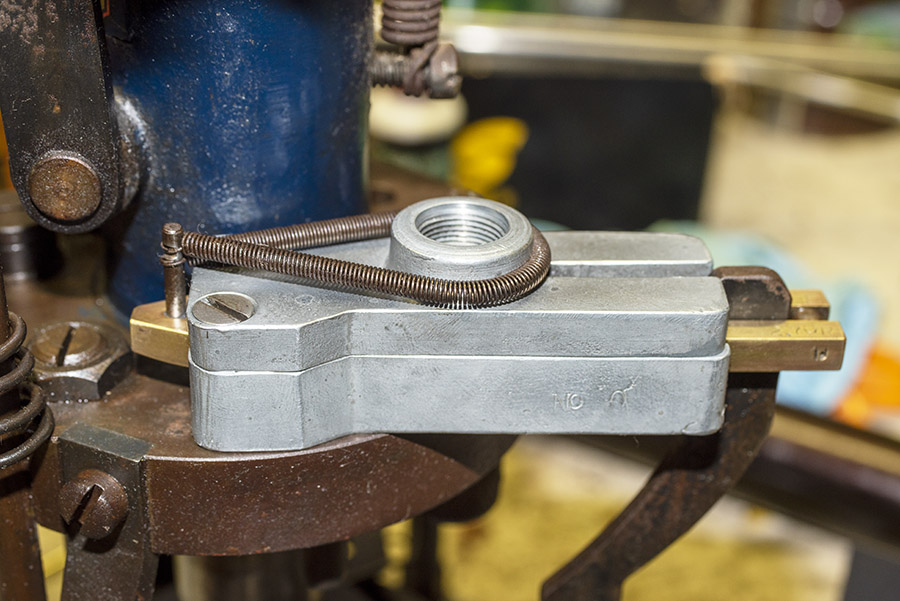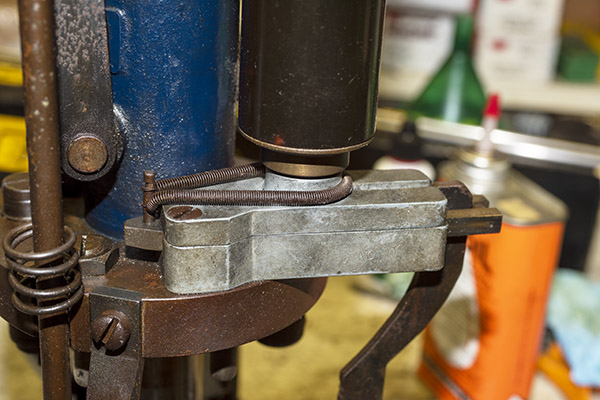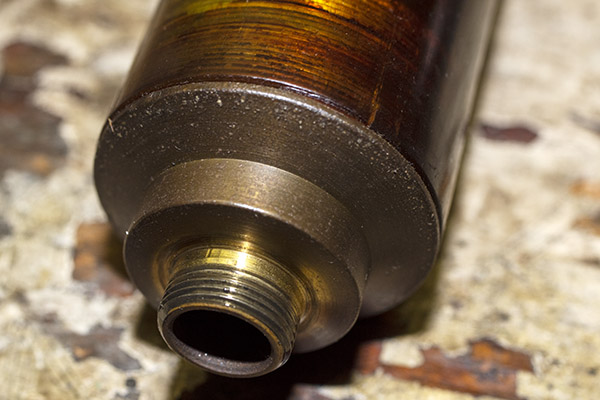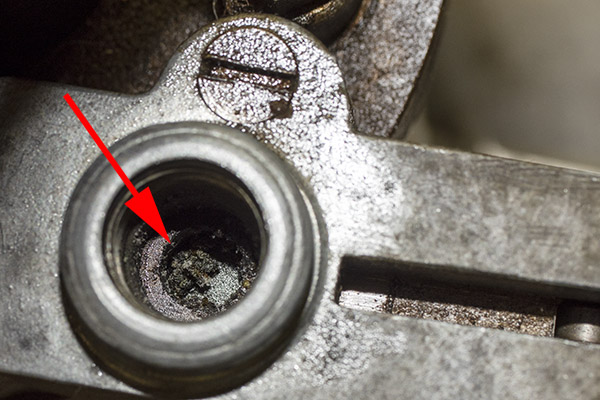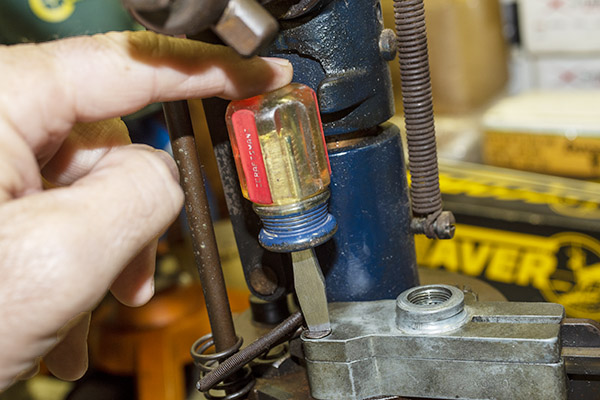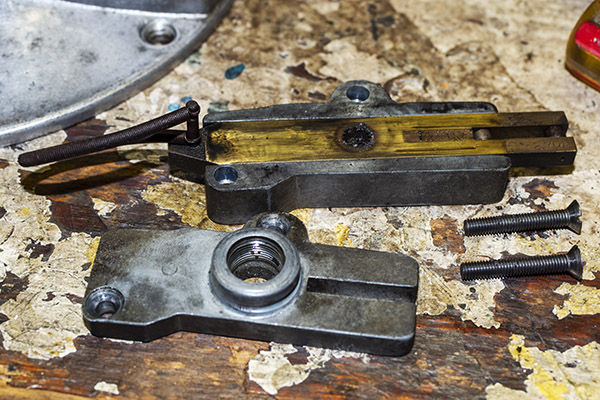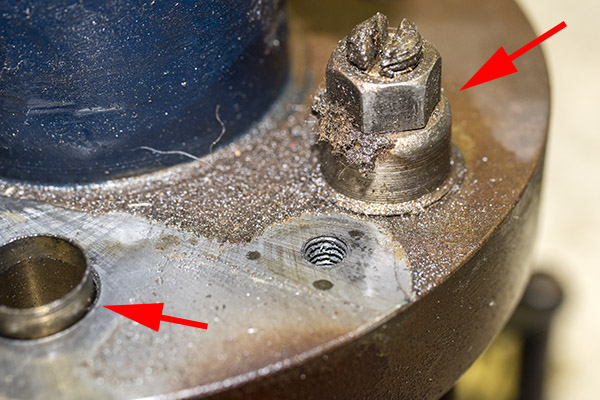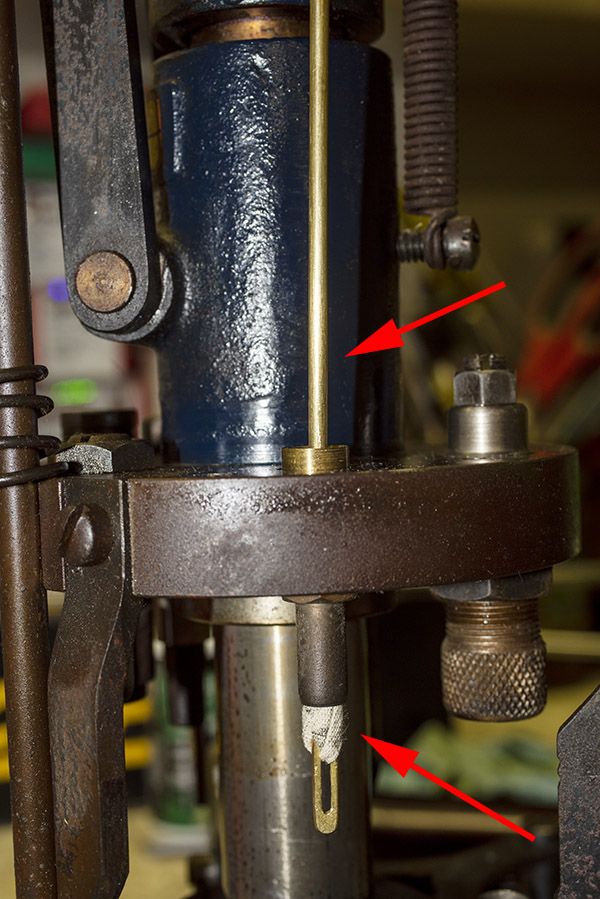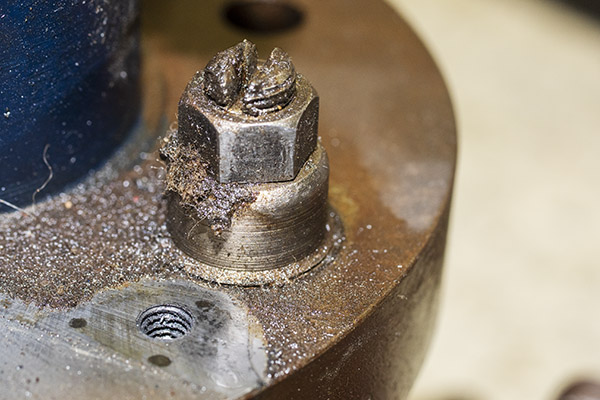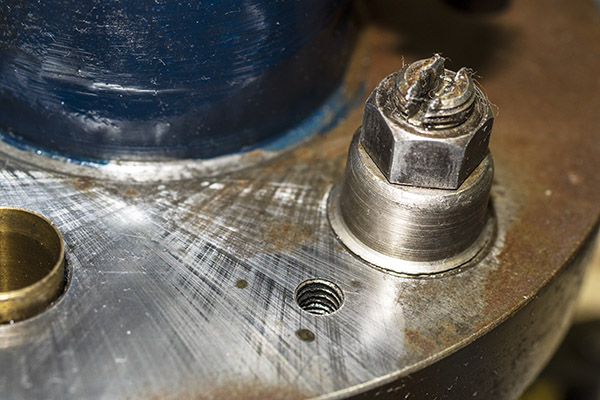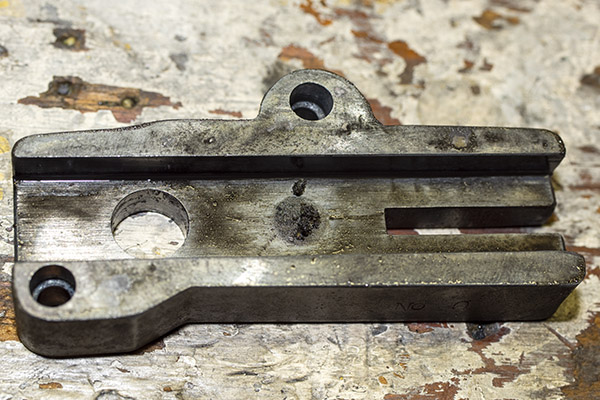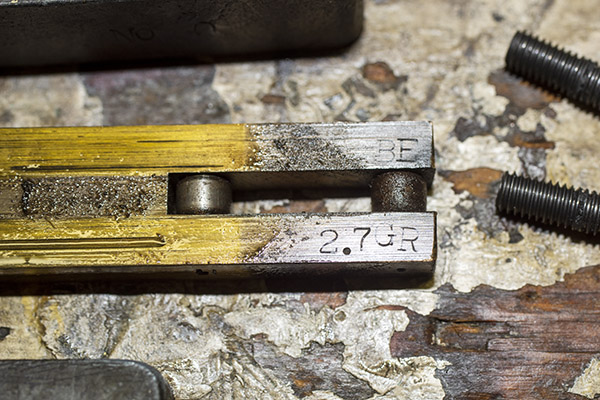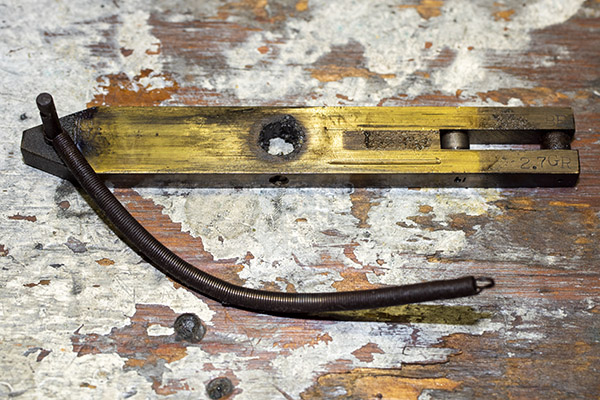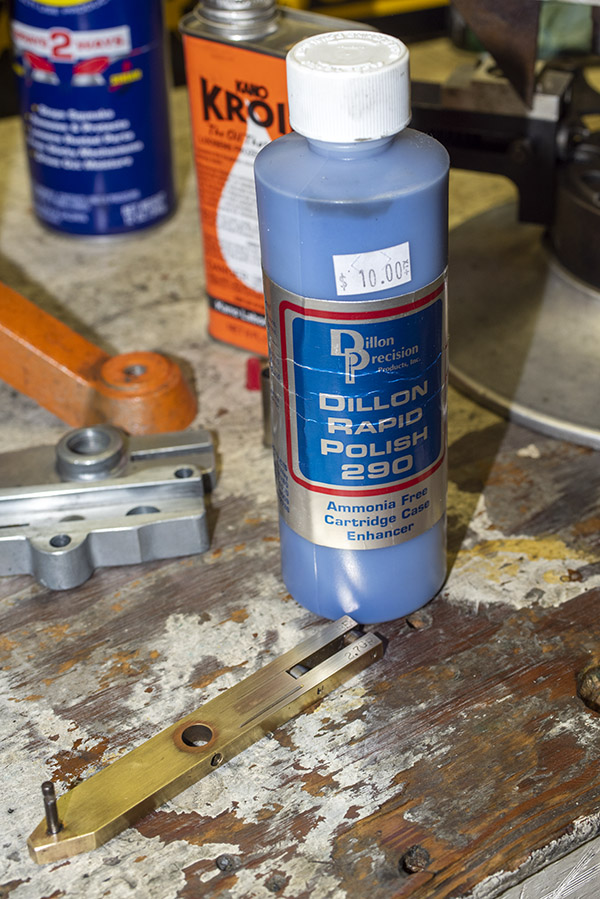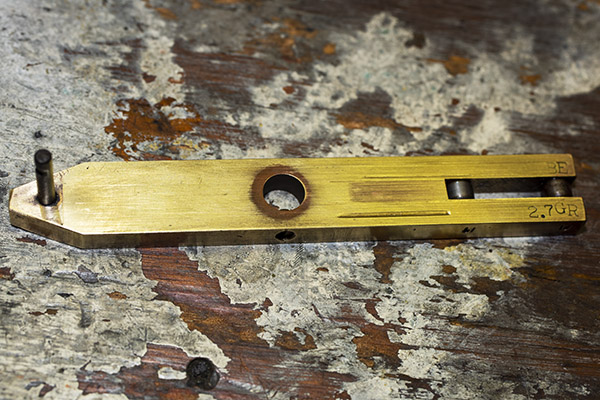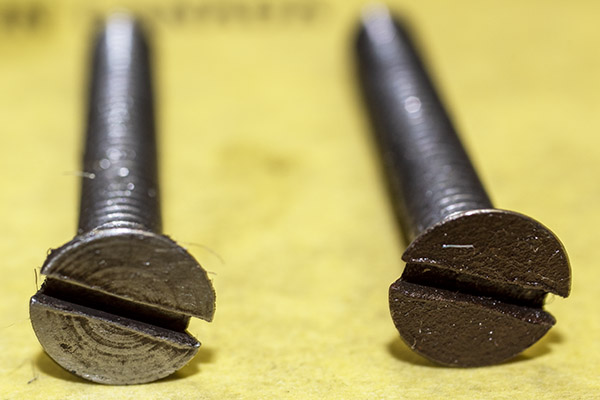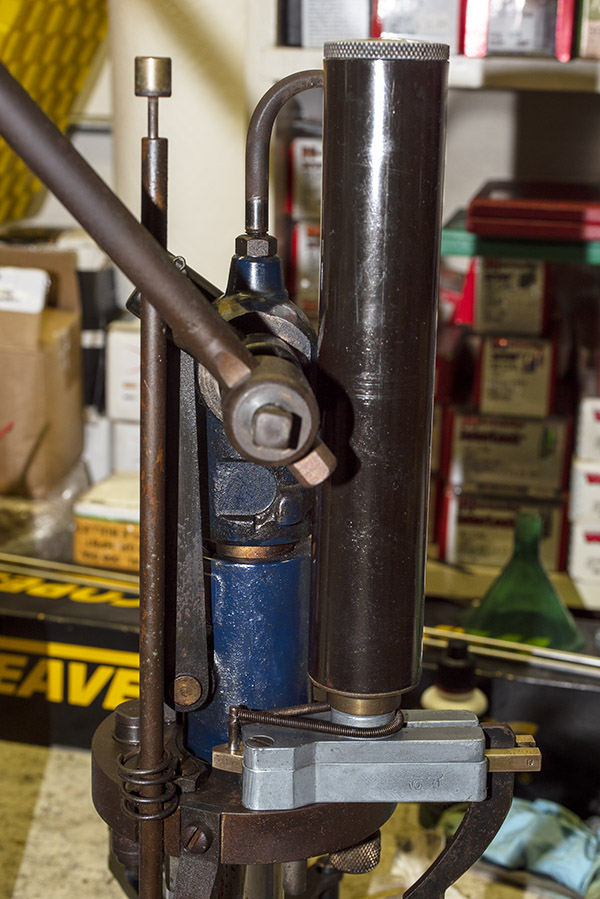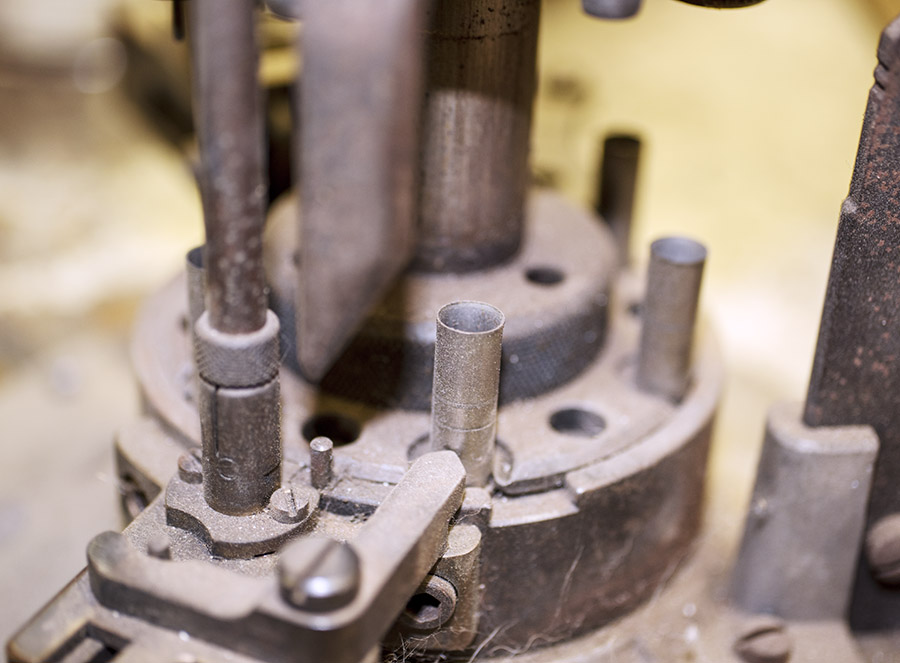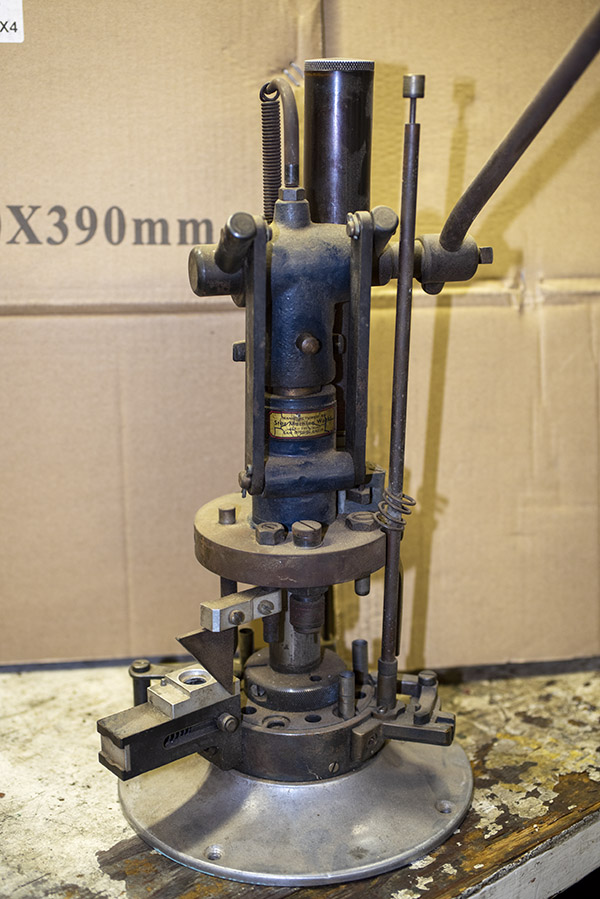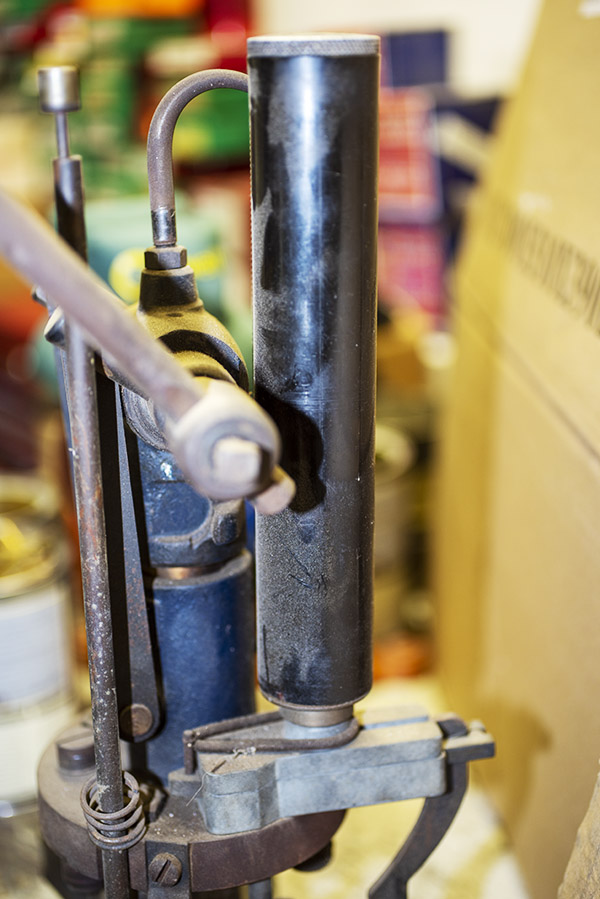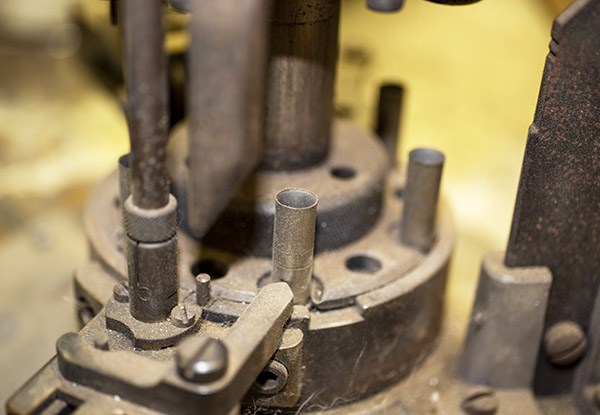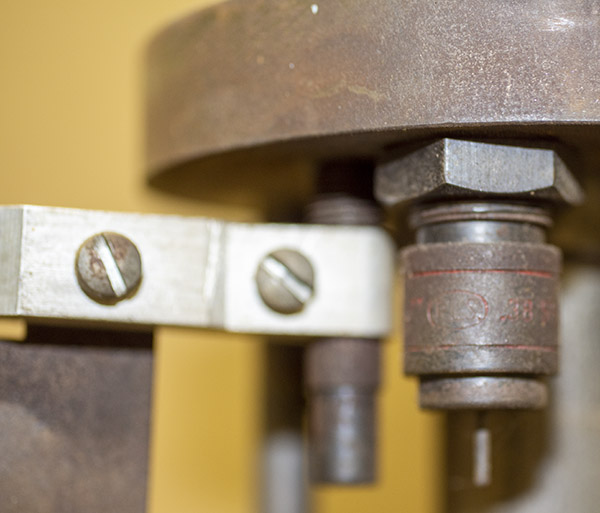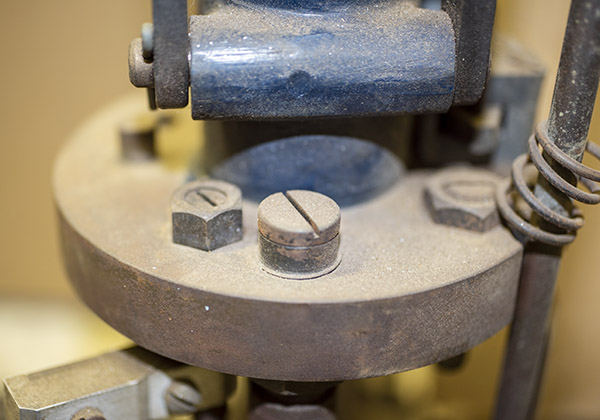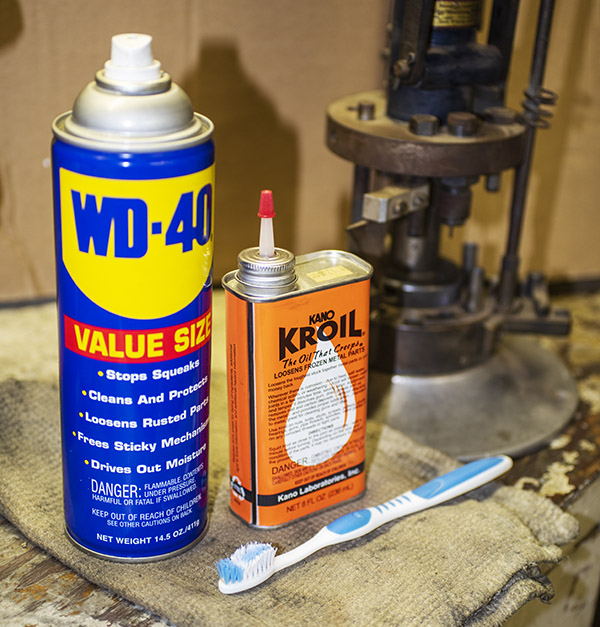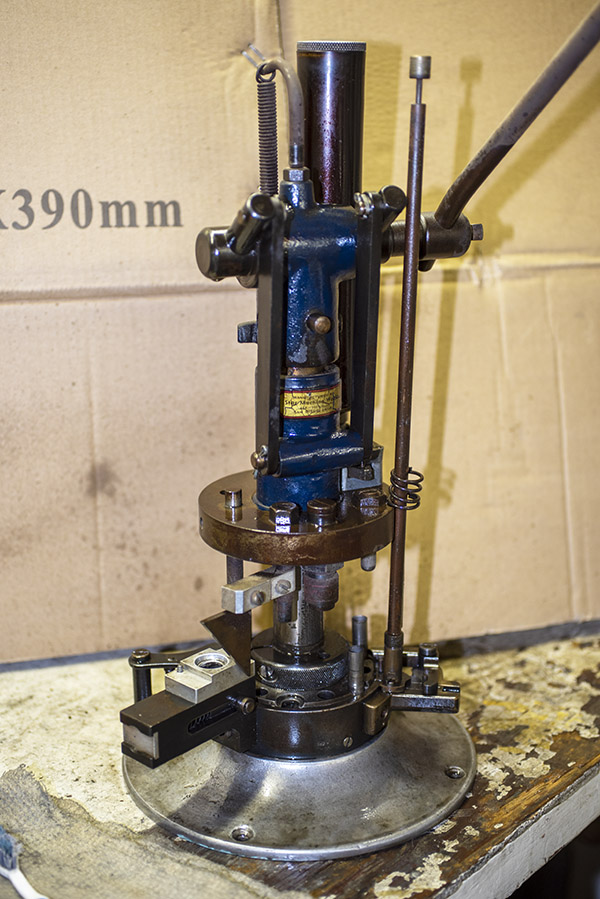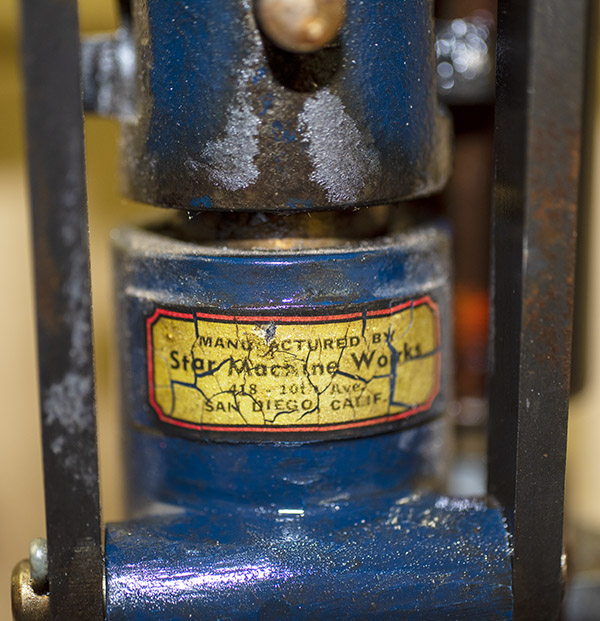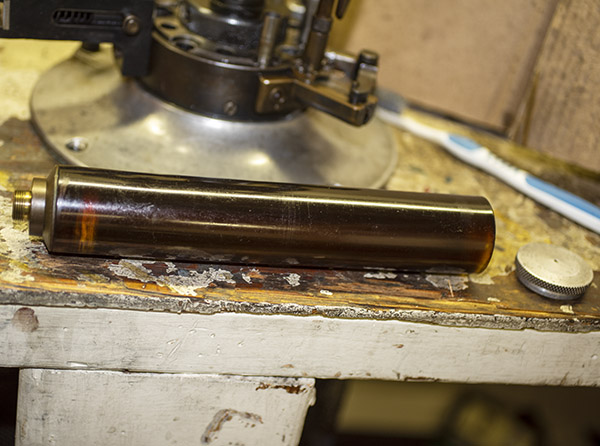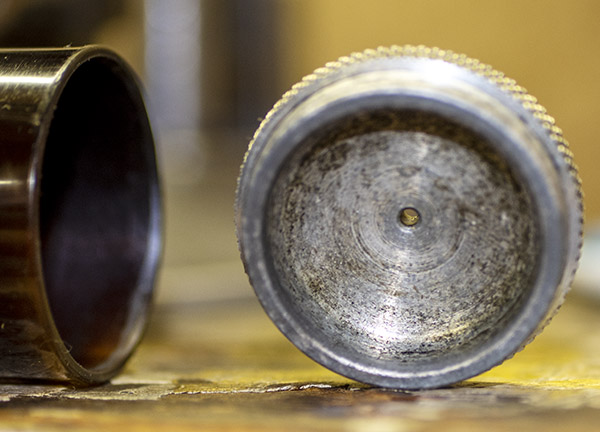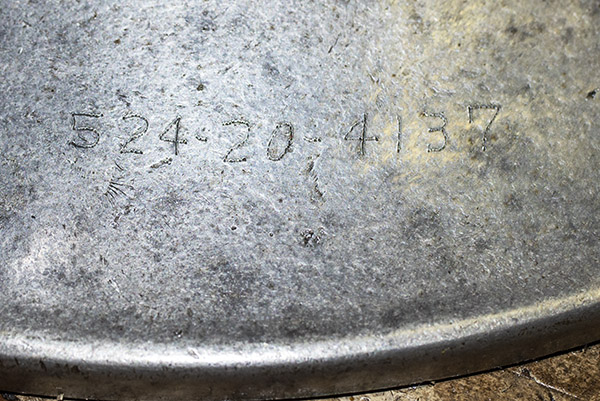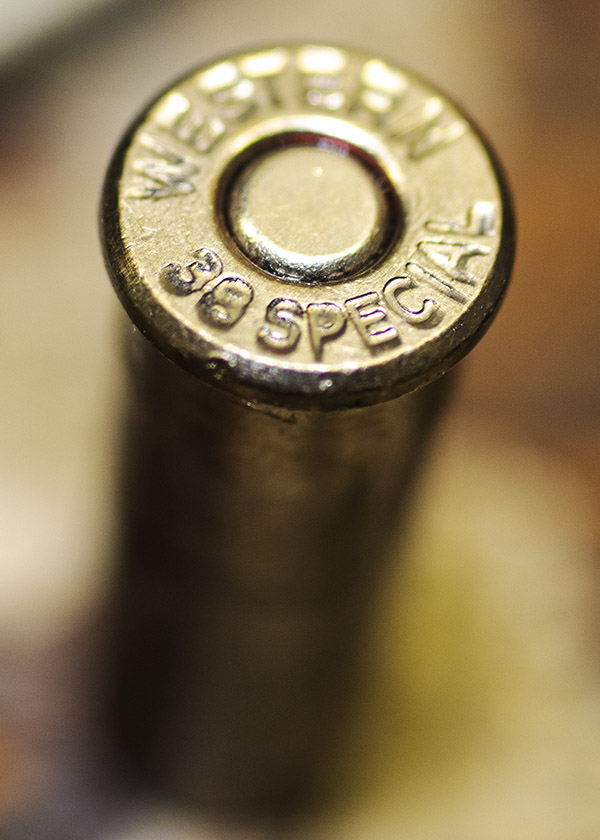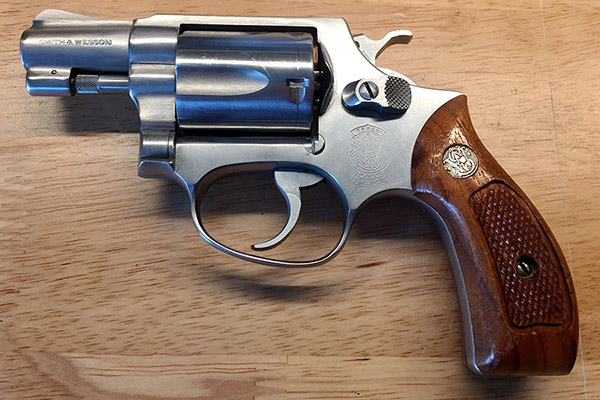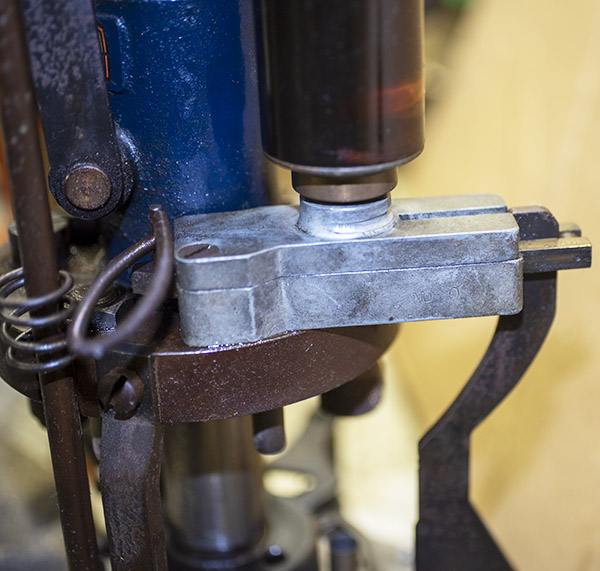We don’t do many listicals here at ExhaustNotes.us. Editorial policy frowns on the cheap, easy list as a lazy man’s way to get attention. However, that doesn’t mean we are completely immune to the meth-like attraction of lists. The thing is, click-bait lists are nearly impossible to get right. Whatever harebrained idea you’ve thought of to generate more clicks, and hopefully shares, will be blown out of the water in the comments section by people much, much smarter than you. And that’s ok, that’s why listicals are so popular. It’s a way to piss people off and generate interest.
Number 1: ABS Brakes
I don’t know which lawyer came up with the idea, but it had to be a lawyer. Full-time Antilock Brake Systems are the single most dangerous feature on modern motorcycles. Just a month ago my buddy forgot to disarm his BMW’s antilock system after a trailside nap. (The BMW system defaults to “on” whenever you shut off the bike.) After we started riding again the trail turned steeply downhill. The steepness of the descent meant that rain washed away any fine sands and left behind large rocks and boulders. His BMW rolled and rolled. All attempts at braking were futile and so naturally he crashed. The bike was basically freewheeling down a rocky hill. At least his BMW had the option to opt out of ABS.
There’s no sicker feeling than panic stomping on the brakes and nothing happens. Any motorcycle that even slightly hints at off road capability should come with a means of disabling the ABS. For that matter practically every street bike has been known to travel a dirt road or two so really all motorcycles should come with the ability to disarm the ABS. These aren’t cars we’re talking about here. Many occasions call for a motorcycle rider to lock up the rear wheel and sometimes (like on that rocky downhill) lock up the front wheel.
Number 2: Keyless Ignitions
Those electronic key fobs are a stupid solution to a problem nobody had. What is wrong with a plain old key? You know, the kind you can have a duplicate made almost anywhere? The stupid electronic-proximity widgets are huge, like the size of a Krispy Kreme doughnut. They are bulky in your pocket and you’ve got to keep a good battery in them just to start your bike! God help you if you ever lose the thing. It will require a dealer’s services and several hundred dollars to program your new Kreme.
Most times I’ve ridden a bike that came with a clunky electronic key fob I ended up leaving the thing in the saddlebag or hidden on the bike somewhere. This defeats the purpose of having any sort of lock on your motorcycle at all but I’d rather have the bike stolen than carry that stupid key fob. I suspect the real reason for the electronic key fob is to allow constant surveillance at the factory level. Didn’t make that latest payment? No problem we’ll disable your ride until you cough up the cash, Highway Rebel!
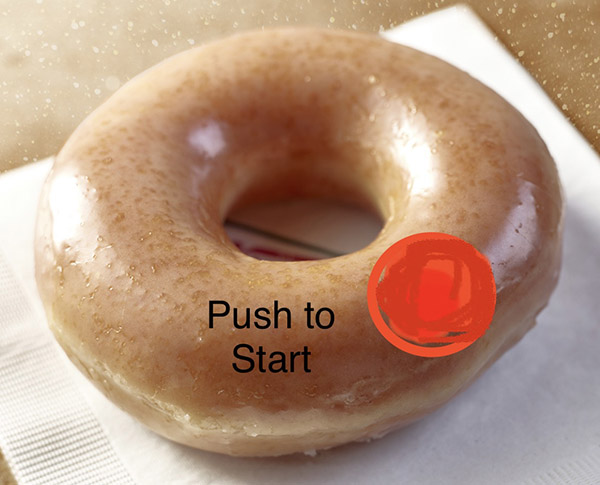
Number 3: Helmet Communicators
These silly devices allow passenger to operator conversation or communication between groups of riders. Precisely the thing you’re trying to get away from when you ride a motorcycle. Look, if I want to know what you’re thinking, which I don’t, I’ll wave you to a stop and we will discuss it hand to hand. The advertisements for these Zen-terrupters tout range and clarity as if those are aspirational goals. I might buy a set if the manufacturer promised me the damn things would never work.

Some of you find pleasure in the constant road-chatter. Not me, I want you to keep your thoughts to yourself and I’ll do the same. Some of you think that communication devices are a good way to warn back markers about road conditions. That assumes anyone will actually believe you after that last bone-headed move you pulled leaving the Waffle House. Then I’m told they are good for keeping the group together so that stragglers won’t get lost. Has it ever occurred to these pro-communication, Chatty Cathy’s that the stragglers want to get lost? That maybe they are sick of your yapping about fence posts, tar snakes and how you want everyone to stop because you have to pee. Aren’t you old enough to go to the bathroom alone?
Some of my most memorable group-ride dinnertime discussions have been a result of the group breaking up, missing turns, getting lost and arriving at the restaurant with wild stories to tell. That won’t happen if everyone has had the exact same experience. “Did you see the size of that buck?” is met with a flat-toned chorus, “Yes, we all heard over the radio and saw the buck.” rather than “No, but the hitch hikers we picked up when we made that wrong turn robbed us at gunpoint and then Phil ran off with the redhead.” Remember, the best part of riding in a group is being alone.
Number 4: Entertainment Systems
This includes stupid Bluetooth, interconnecting phone features, stupid music systems and stupid, play-pretty graphics that distract a motorcyclist from the main job at hand: staying alive. Riding a motorcycle is dangerous enough without the rider fiddling around with the dash display on his motorcycle. Engine RPM and velocity, along with distance traveled is all the data you need to correctly operate a motorcycle. Page after page of bright, TFT-BS will only make you worry about the minor fluctuations any mechanical device goes through in the normal prosecution of its job.
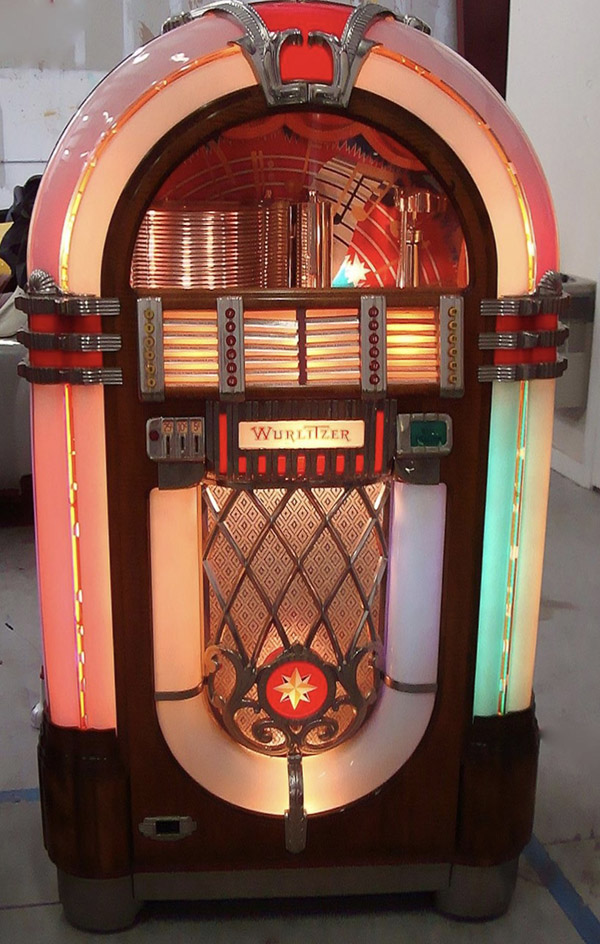
No one ever cared about their tire pressures until those TPS systems polluted the instrument panels of America. Now it’s like everyone is running Moto GP and 1 psi really matters. Stop it! And if your idea of a fun motorcycle ride is playing with the stereo and poking your thumb at 45 different handlebar buttons maybe you should quit changing the display settings and just stay at home with your younger brother’s Nintendo. The one your parents made him put down in the basement so the noise won’t bother your mom’s overly sensitive ears. Doesn’t it seem like the older she gets the more sound annoys her?
Number 5: One-Piece Riding Suits on the Street
I know some riders swear by one-piece suits but don’t take their opinion on the subject, take mine. I had a one-piece leather suit 43 years ago and the trauma from that experience still haunts me. Many a night I wake up in a cold sweat having to use the restroom but mentally stuck inside a one-piece suit. I can see road racers wearing one piece suits for the extra protection they afford during high-speed get-offs. If you’re riding your street bike anything like a Moto GP star you should probably not be riding on the street. Sure, they look great in website road test photos but those guys are only riding the bike for 15 minutes at a time. As soon as the camera stops clicking they peel that crap off toot-sweet.

For normal, everyday riding a one-piece suit is incredibly inconvenient. There are only a few things more disgusting than using a filthy, urine-soaked gas station toilet and one of them is using a filthy, urine-soaked gas station toilet while wearing a one-piece riding suit. Once you wiggle out of the top and drop your drawers you’ll soon realize that there is not enough space between the lip of the toilet and the urine-soaked floor for all that material. It’s like trying to corral your parachute in France after you’ve landed behind enemy lines on June 6th, 1944. Ok, I have no idea what that’s really like but you kind of sit there holding the bag: Practice hovering if you simply must mimic Marc Marquez on your Honda Blah.
I have more stupid motorcycle things, many more, but 5 is a good number to stop at. I mean, I may have to test some of these stupid motorcycle ideas and I don’t want to use up all my outrage in one story.
More Joe Gresh is here!
Joe Gresh Enfield and Baja impressions are here!


